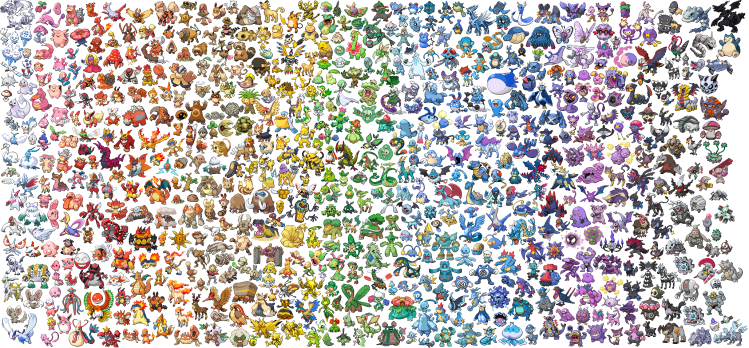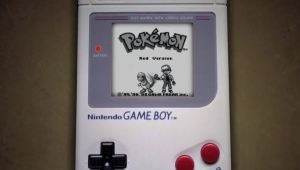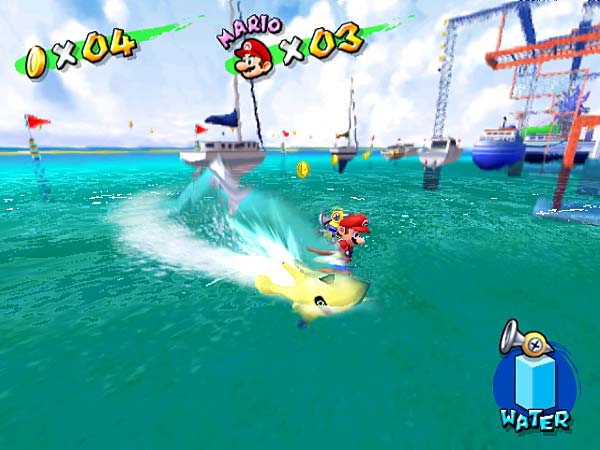When gamers talk about publishers that “milk” their big franchises with yearly releases, most of the time they are talking about Activision and Call of Duty or Electronic Arts and Madden. But despite its history, Nintendo is no different.
Strong evidence for Nintendo’s love of (nearly) annual releases came today when it announced the upcoming release of Pokémon Omega Ruby and Alpha Sapphire for the 3DS. The two games are updated remakes of the 2003 Game Boy Advance classics, and they will hit Nintendo’s 3D handheld in November. With Pokémon Black 2 and White 2 in 2012 and Pokémon X and Y last year, this marks three new entries in the main pocket monster series in three years. In fact, Nintendo will have six new Pokémon over the seven-year period from 2008 through 2014. It only missed 2011.
Nintendo obviously learned that it can maximize the value of Pokémon with releases on a very regular schedule without losing very many fans.
“When you have a hot pony, you may as well ride it,” IDC Research analyst Lewis Ward told GamesBeat. “Especially when some of your other ponies are coming up short.”
Nintendo is struggling financially. It only sold 310,000 Wii U consoles last quarter, and it lost $229 million for its fiscal year, which ended March 31. One of the bright spots of its latest financial report, which it divulged earlier today, was the 3DS and Pokémon. X and Y were among the best-selling pieces of software for the year. If Nintendo president Satoru Iwata wants to return to profitability in fiscal 2015, he almost cannot afford to not have Alpha and Omega available for purchase in time for the holiday-shopping season.
What’s interesting is that Nintendo’s monster-catching franchise is already on a bit of a Call of Duty-style release schedule. A big new game comes out one year, and a remake or a direct sequel hits in the “off” year.
The question is whether this trend will continue into the future. We reached out for an answer, but the company didn’t have much to say.
“We unfortunately cannot comment on any possible release trends, but we’ll have more information for you about this particular game soon,” a spokesperson for The Pokémon Company International told GamesBeat.
“[Pokémon has] been the gift that keeps giving for nearly two decades,” said Ward. “It’s all the more important to keep the franchise fresh and chugging along since its customer base is also likely to be interested in Skylanders and Disney Infinity, which are both doing well themselves.”
And those games are also annual titles. Of course, the yearly release schedule isn’t without its perils. Many gamers sneer at the Call of Dutys and Maddens of the world because they seem, to non-fans, like such minor upgrades. This can often alienate even the biggest fans, which is what seemed to happen to 2013’s Call of Duty: Ghosts. That release saw a significant sales recession compared to its predecessors.
“There’s always a risk of shovelware when fixed annual deadlines apply to development projects,” said Ward.
But he thinks that Nintendo is one of the few companies capable of delivering a quality product on a frequent basis.
“I think Nintendo’s quality-assurance testing process is one of the best in the business,” he said. “They don’t have much of a track record of putting out sub-par exclusives, and Pokémon X and Y sold well and was highly rated, so until they actually put out a Pokémon game that badly misses the mark, I’ll trust that Nintendo has the processes in place to keep the quality level high.”
This is all pretty different than the Nintendo many people might remember from 10 or 20 years ago.
In previous generations, the company seemed to revel in taking its time to deliver sequels. After releasing a new Super Mario Bros. every couple of years during the Nintendo Entertainment System era, the company took half a decade to release the Super Mario World 2, the 1995 sequel to 1990’s Super Mario World. Six years elapsed between Super Mario 64 on the Nintendo 64 and Super Mario Sunshine on the Gamecube. Nintendo then took another four years after Sunshine before it released New Super Mario Bros. on the DS.
While the company has released multiple games in the Super Mario franchise recently, its strategy is quite different from the yearly model we see with something like Madden. Nintendo has instead worked to release a 2D New Super Mario Bros. and a 3D Super Mario game for each of its systems that it then hopes to sell perennially throughout the life of those devices.
Nintendo has even started releasing Zelda games on a more-frequent schedule. In 2011, it debuted the Ocarina of Time 3D remake for 3DS. In 2012, it released Skyward Sword for Wii. Then, in 2013, it released both The Wind Waker HD remake and A Link Between Worlds.
Now, with the Wii U struggling — and the Wii flailing even before that — Nintendo is obviously looking to make the most money possible. Investors and analysts have long called for it to try taking its games to mobile, and the company has always resisted that. Instead, the publisher looks like it will continue to deliver its most-popular properties — and perhaps at a more rapid rate.

VentureBeat's mission is to be a digital town square for technical decision-makers to gain knowledge about transformative enterprise technology and transact. Learn More



